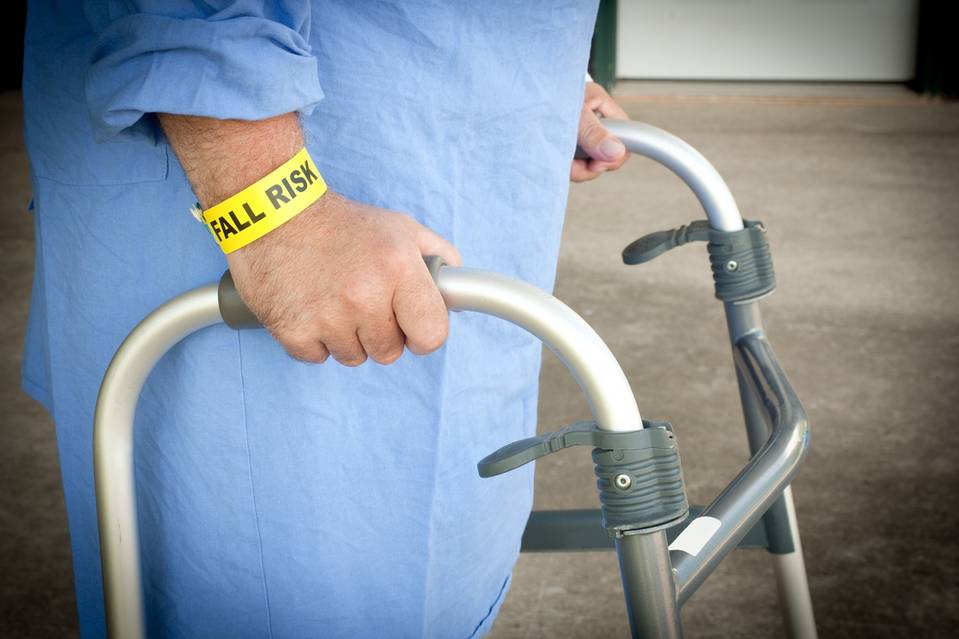 As a Nurse, you have long been committed to reducing and preventing patient falls. In fact, call lights, checklists and risk assessments are just a few types of fall-related tools that you've become accustomed to. While these strategies have improved patient safety, it’s time to start thinking differently about how we approach falls.
As a Nurse, you have long been committed to reducing and preventing patient falls. In fact, call lights, checklists and risk assessments are just a few types of fall-related tools that you've become accustomed to. While these strategies have improved patient safety, it’s time to start thinking differently about how we approach falls.
According to EBSCO, Fall prevention remains one of the most challenging patient safety initiatives in any healthcare setting. Notwithstanding the risk for patient injury or death, a fall with injury is expensive and the estimated average cost is $14,000 (TJC, 2015). Falls and trauma were identified by the Centers for Medicare & Medicaid Services (CMS) as preventable adverse events. CMS will not reimburse hospitals if falls and trauma occurred as a secondary hospital acquired-condition.
Below are some tips from Brigham and Women's Hospital that may prevent future falls.
- Fall and injury risk assessments for each patient
- More sensitive bed alarms or chair alarm to help alert staff that a patient is getting up and may need assistance
- Video, informational brochure, communication signs to inform patients and families about fall risks and how to be safe in the hospital
- Patient Comfort Rounds, which includes routine safety checks on each patient by the nurse or care assistant to make sure that the patient:
- Is comfortable and pain is controlled
- Receives assistance with toileting and other personal or special needs
- Is assisted with re-positioning in the bed or chair
- Can reach personal items
- Is in a safe environment
- Discussions with pharmacists and doctors to review and adjust certain medications as needed if a patient is at high risk for falling
- Communicating the risk for falls, injuries from a fall, and a safety plan to patients/families and other members of the health care team
- Having no more than three side rails up on the bed at any one time to allow patients an easy pathway out of the bed
- Mobility supports and assistive devices that meet the patient's needs


